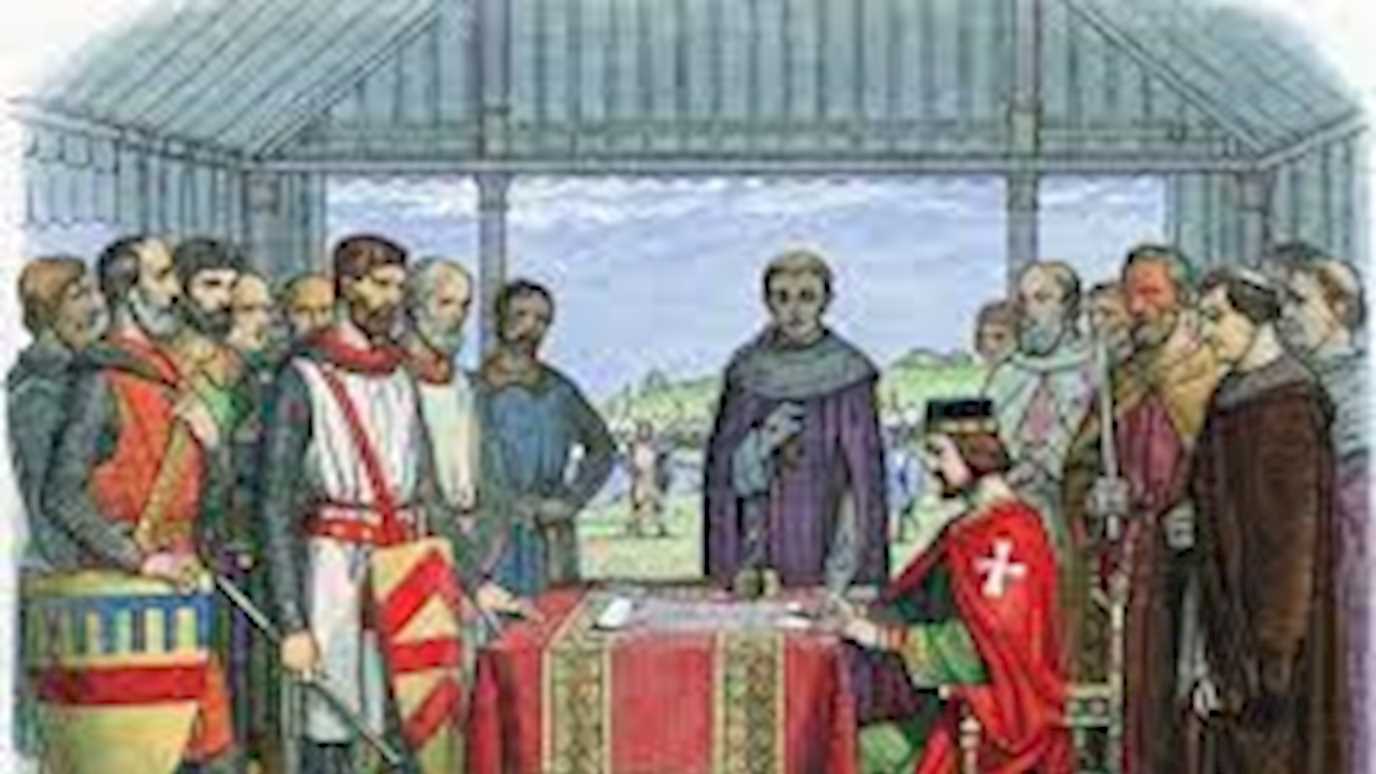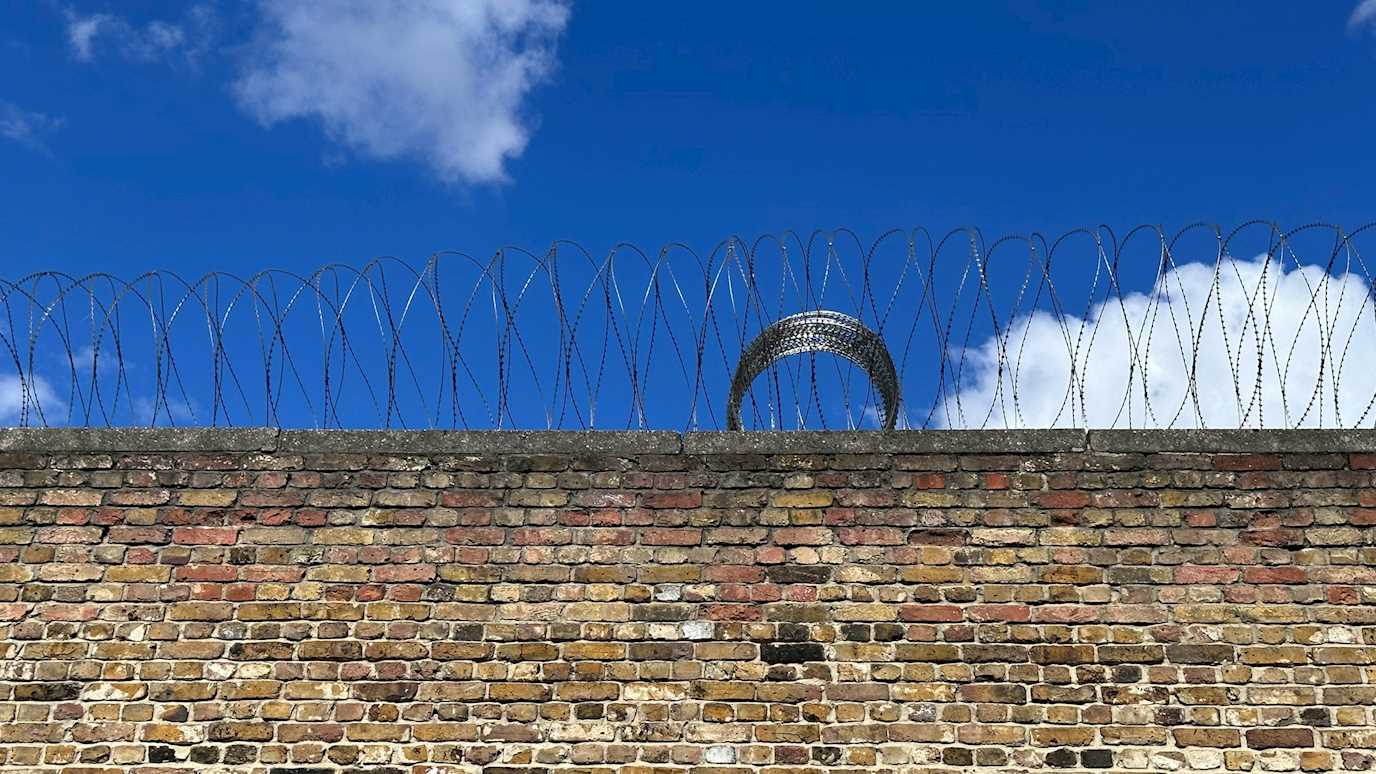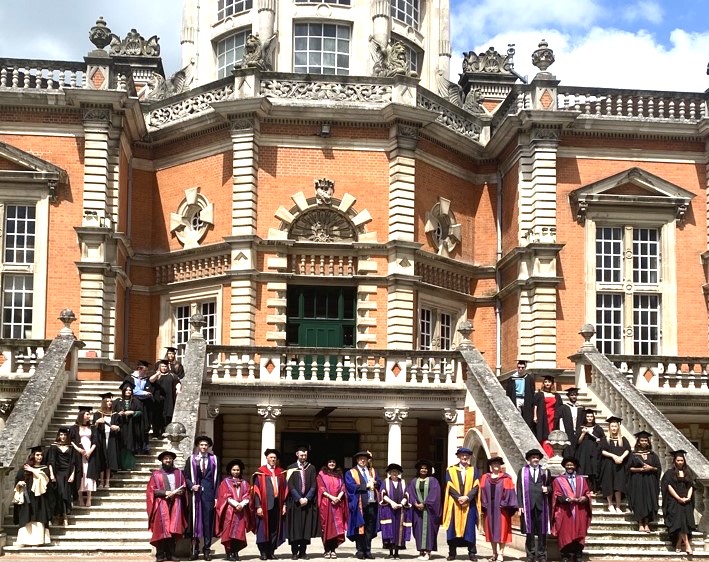While the Magna Carta came about after barons rebelled against King John’s taxes and feudal law, it outlined specific rights and privileges previous documents had avoided.

Magna Carta is a fundamental document in British history and – arguably – in the history of the whole world. The first version of it was issued in 1215 at “Ronimed inter Windlesoram et Stanes” (Runnymede between Windsor and Staines).
The king was “forced” to sign this document after a series of defeats in Normandy and increased taxation on the English nobility pushed the barons to demand (by means of an armed rebellion) some limits to the powers and prerogatives of English monarchs. The Magna Carta is the first document to establish that English kings (or queens) and their governments are not above the law.
Dr Matt Clement, Senior Lecturer in Criminology at Royal Holloway, University of London, commented on the importance of this document in his book A People’s History of Riots, Protest and the Law (Palgrave 2017).





You can read here an extract from this book (pp 53-54). In this extract, Matt explains why the ‘great charter’ signed at Runnymede by leading barons and King John instituted the idea of civil rights and equal treatment before the law for all, although that was far from the intention of England’s rulers, becoming a key demand for ever wider sections of the population in future years.
























